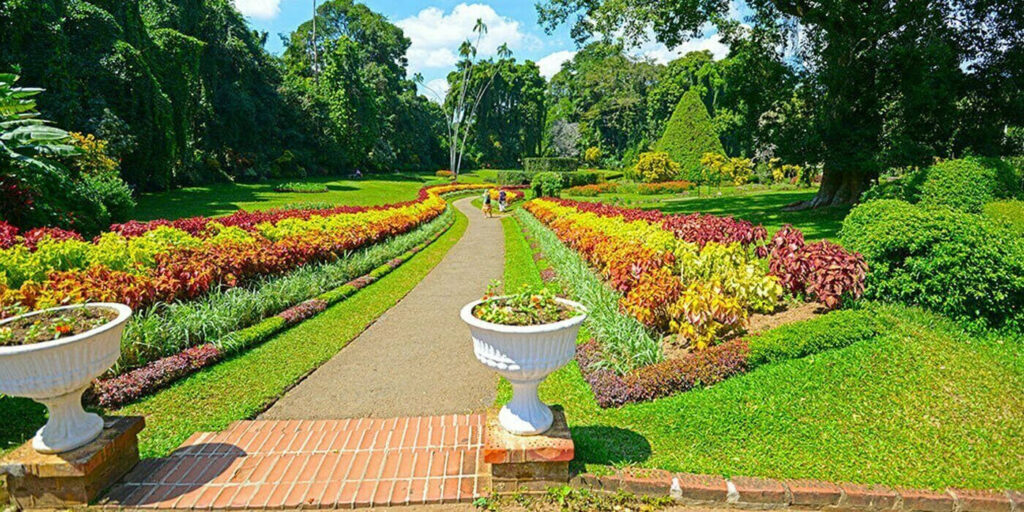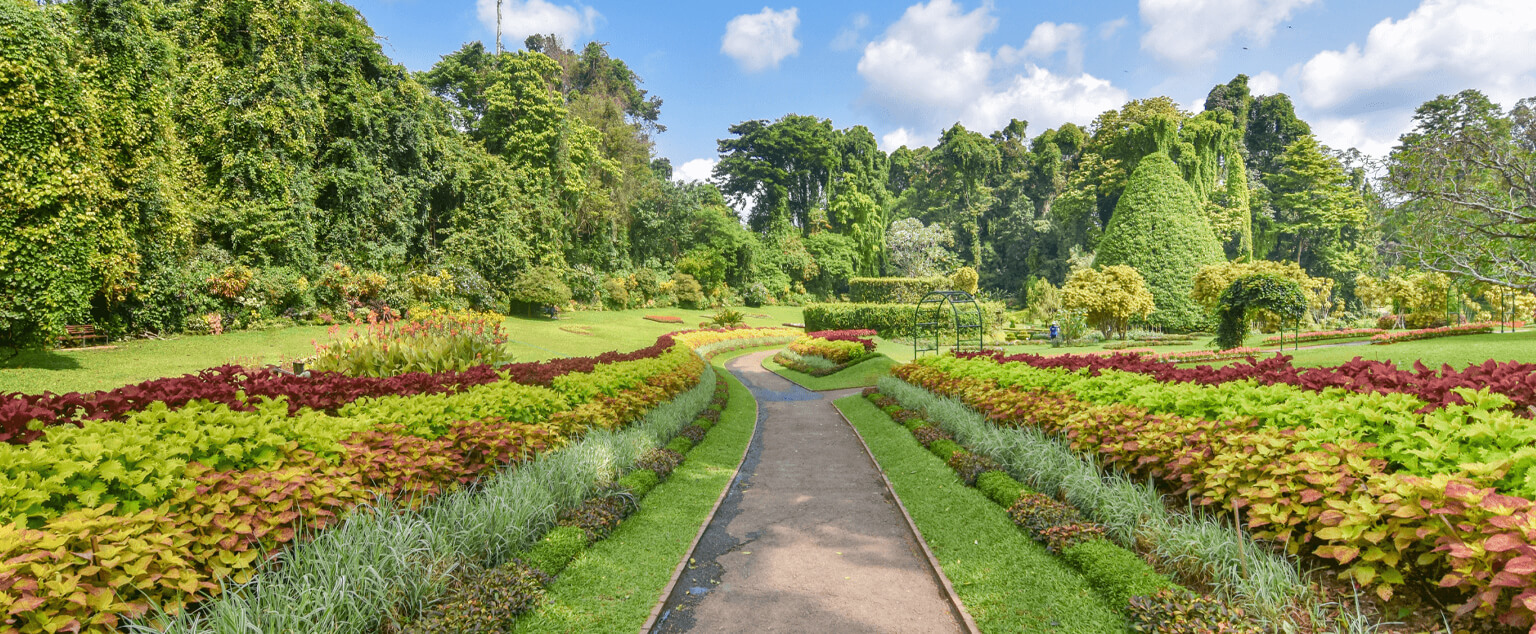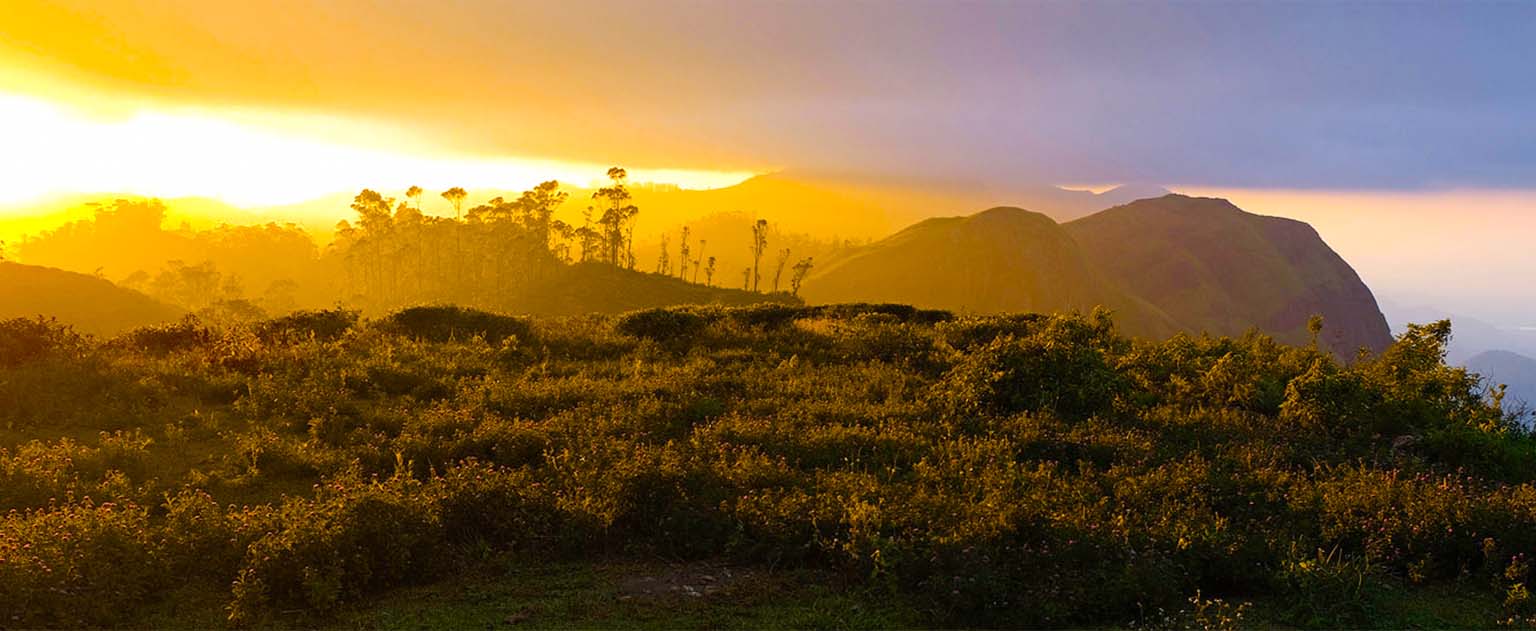Nestled in the heart of Sri Lanka, the Central Province is a captivating region that promises a rich tapestry of experiences for travelers. Known for its lush green hills, verdant tea plantations, ancient cultural sites, and vibrant biodiversity, this province offers a serene escape from the hustle and bustle of urban life. Whether you’re a history lover, an adventure enthusiast, or someone who enjoys peace in nature, the Central Province has something to captivate every type of traveler.
Explore a region where Kandy, a city steeped in cultural heritage, is home to the renowned Temple of the Sacred Tooth Relic, a significant pilgrimage site for Buddhists worldwide. Discover Nuwara Eliya, often called “Little England,” enchanting visitors with its cool climate, colonial architecture, and sprawling tea estates. Experience Sigiriya, with its iconic rock fortress, and Dambulla, known for its impressive cave temples, offering a journey back to the island’s ancient history.
In the Central Province, every corner holds a story, every landscape inspires awe, and every visit leaves an indelible mark on your heart. Let’s delve into some of the best places to visit in this enchanting part of Sri Lanka, each offering a unique glimpse into the island’s natural beauty and cultural richness.
Kandy
Temple of the Sacred Tooth Relic (Sri Dalada Maligawa)

The Temple of the Sacred Tooth Relic, known locally as Sri Dalada Maligawa, stands as a beacon of spiritual significance, cultural heritage, and architectural splendor in the heart of Kandy, Sri Lanka. This temple, one of the most venerated Buddhist sites globally, enshrines a tooth relic of the Buddha, which is a profound symbol of faith for millions of Buddhists. The journey of the tooth relic to Sri Lanka is steeped in history and legend, dating back to the 4th century CE. It is said that the relic was smuggled into the country hidden in the hair of Princess Hemamali and her husband, Prince Dantha, to protect it from the political turmoil in India. This relic has since become an emblem of sovereignty, with control over the relic historically signifying control over the country, making it a critical artifact for Sri Lanka’s monarchs and their legitimacy.
The architectural grandeur of the Temple of the Sacred Tooth Relic is a testament to the artistic and cultural zenith of the Kandyan period. The temple complex showcases the traditional Kandyan style of architecture, characterized by its wooden structures, intricately carved wooden pillars, stone walls, and golden roofs. The Octagon, or Pattirippuwa, is a notable feature, initially constructed as a royal audience hall and later becoming part of the temple complex. This structure, with its distinctive shape and finely detailed woodwork, reflects the architectural ingenuity of the era. The Hall of Drummers (Magul Maduwa), another significant element, adds to the temple’s splendor. This hall is where traditional drummers perform during daily rituals, creating an immersive and rhythmic atmosphere that enhances the spiritual experience of the temple.
Culturally, the Temple of the Sacred Tooth Relic is a hub of Buddhist rituals and traditions. Daily pujas (offerings) are conducted three times a day, each accompanied by traditional music, drumming, and the chanting of prayers, providing visitors a glimpse into the devotional practices surrounding the relic. The temple’s Esala Perahera, held annually in July or August, is one of the grandest and most elaborate festivals in Sri Lanka. This procession features richly decorated elephants, traditional dancers, drummers, and torchbearers, all in a majestic parade that honors the sacred tooth relic. The Esala Perahera not only celebrates the relic but also highlights the deep-rooted cultural traditions and artistic expressions of the Sri Lankan people, drawing thousands of pilgrims and tourists from around the world.
Visiting the Temple of the Sacred Tooth Relic is an experience that immerses one in the spiritual and cultural essence of Sri Lanka. Visitors are required to dress modestly, covering their shoulders and knees, as a sign of respect for the sacred site. Footwear must be removed before entering the temple complex, further emphasizing the sanctity of the space. Upon entering, the serene ambiance and the rhythmic sounds of traditional drumming create a tranquil environment conducive to reflection and reverence. The temple’s inner sanctum, where the tooth relic is enshrined, is an area of intense devotion. Although the relic itself is not visible to the public, the series of nested golden caskets housing it are displayed during the pujas, allowing devotees to offer their respects. Adjacent to the temple is a museum that provides deeper insights into the relic’s history and significance, displaying various artifacts, ancient manuscripts, and royal regalia that narrate the story of the relic and its journey.
In essence, the Temple of the Sacred Tooth Relic is not merely a religious monument but a living symbol of Sri Lanka’s historical and cultural identity. Its significance extends beyond its spiritual importance, embodying the rich history, architectural brilliance, and cultural vibrancy of the Kandyan kingdom. The temple’s enduring legacy, from its origins shrouded in legend to its present-day status as a UNESCO World Heritage site, underscores its role as a pivotal landmark in Sri Lanka. A visit to Sri Dalada Maligawa is an enriching pilgrimage that offers profound insights into the island’s heritage and the timeless traditions that continue to thrive within its sacred walls.
Peradeniya Botanical Garden

Situated just a few kilometers from Kandy, the Peradeniya Botanical Gardens is a verdant oasis and a horticultural wonderland, sprawling over 147 acres. Established in 1821, this garden is home to over 4,000 species of plants, making it one of the most diverse botanical gardens in the world. Its collection includes a vast array of orchids, spices, medicinal plants, palms, and giant bamboo, offering a rich tapestry of flora for visitors to explore.
The origins of Peradeniya Botanical Gardens can be traced back to the British colonial era when it was initially established as a royal garden by the Kandyan kings before being developed further by the British. The garden played a significant role in the introduction and cultivation of commercial crops like coffee, tea, and rubber in Sri Lanka, which later became the backbone of the island’s economy. Today, it serves both as a major tourist attraction and a center for botanical research and conservation.
One of the most striking features of the gardens is the Orchid House, which houses a stunning collection of orchids in various colors, shapes, and sizes. This section is particularly popular among visitors, as it showcases the beauty and diversity of these delicate flowers. Another notable area is the Spice Garden, where visitors can learn about the various spices that have been integral to Sri Lanka’s culinary and medicinal heritage. Plants like cinnamon, cardamom, and vanilla are cultivated here, providing insights into their growth and uses.
The Great Lawn, with its iconic Javan fig tree (Ficus benjamina), is another highlight of Peradeniya Botanical Gardens. This massive tree, with its expansive canopy, creates a picturesque setting and is a favorite spot for picnics and relaxation. The lawn itself is meticulously maintained and offers a perfect expanse for leisurely walks. Adjacent to the Great Lawn is the Palm Avenue, a majestic pathway lined with tall, stately royal palms that create a grand and serene ambiance.
The gardens also feature a medicinal plant section, which showcases a variety of plants used in traditional Ayurvedic medicine. This area provides educational information about the healing properties of these plants and their applications in natural medicine. Additionally, the Bamboo Collection, featuring several species of giant bamboo, is a testament to the biodiversity and ecological richness of the gardens.
A walk through the Peradeniya Botanical Gardens is not only a feast for the eyes but also an educational journey. The garden’s well-laid-out paths take visitors through different thematic sections, each dedicated to specific plant groups. The landscaped lawns, flowering plants, and meticulously curated plant collections make it a paradise for nature lovers, botanists, and photographers alike.
Apart from its botanical attractions, the gardens also host a variety of birds and butterflies, adding to the overall charm and ecological significance of the area. The Mahaweli River, which flows along the edge of the gardens, further enhances the scenic beauty and provides a tranquil backdrop for visitors.
For those interested in plant conservation and botanical research, Peradeniya Botanical Gardens offers a wealth of knowledge. The garden’s herbarium, which houses an extensive collection of preserved plant specimens, is a valuable resource for researchers and students. The gardens also engage in various conservation programs aimed at protecting endangered plant species and promoting sustainable horticultural practices.
Visiting the Peradeniya Botanical Gardens is a rejuvenating experience. The lush greenery, vibrant flowers, and serene environment provide a perfect escape from the hustle and bustle of city life. Whether you are looking to explore the diverse plant collections, enjoy a leisurely stroll, or simply relax in a beautiful natural setting, the gardens offer something for everyone.
In summary, the Peradeniya Botanical Gardens is a jewel in Sri Lanka’s crown, showcasing the island’s rich botanical heritage and natural beauty. Its historical significance, diverse plant collections, and serene landscapes make it a must-visit destination for anyone traveling to Kandy. A day spent in these gardens is not only a delightful outing but also an opportunity to connect with nature and appreciate the wonders of the plant kingdom.







